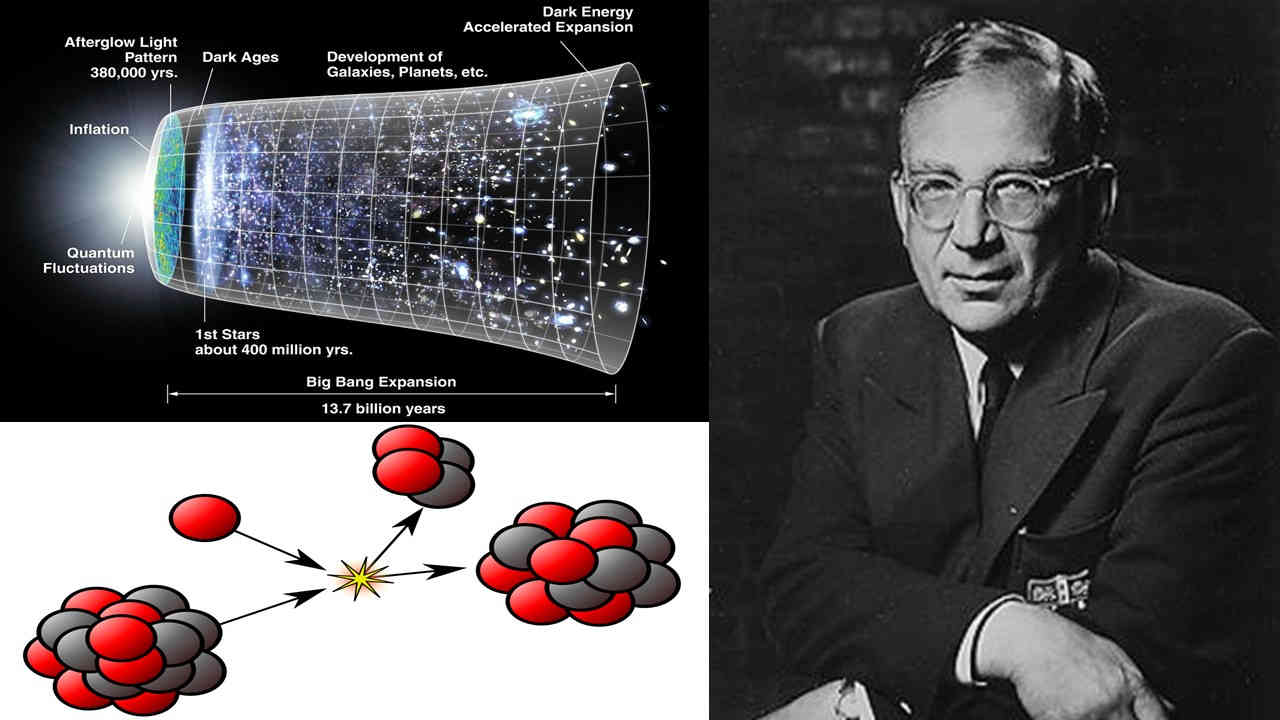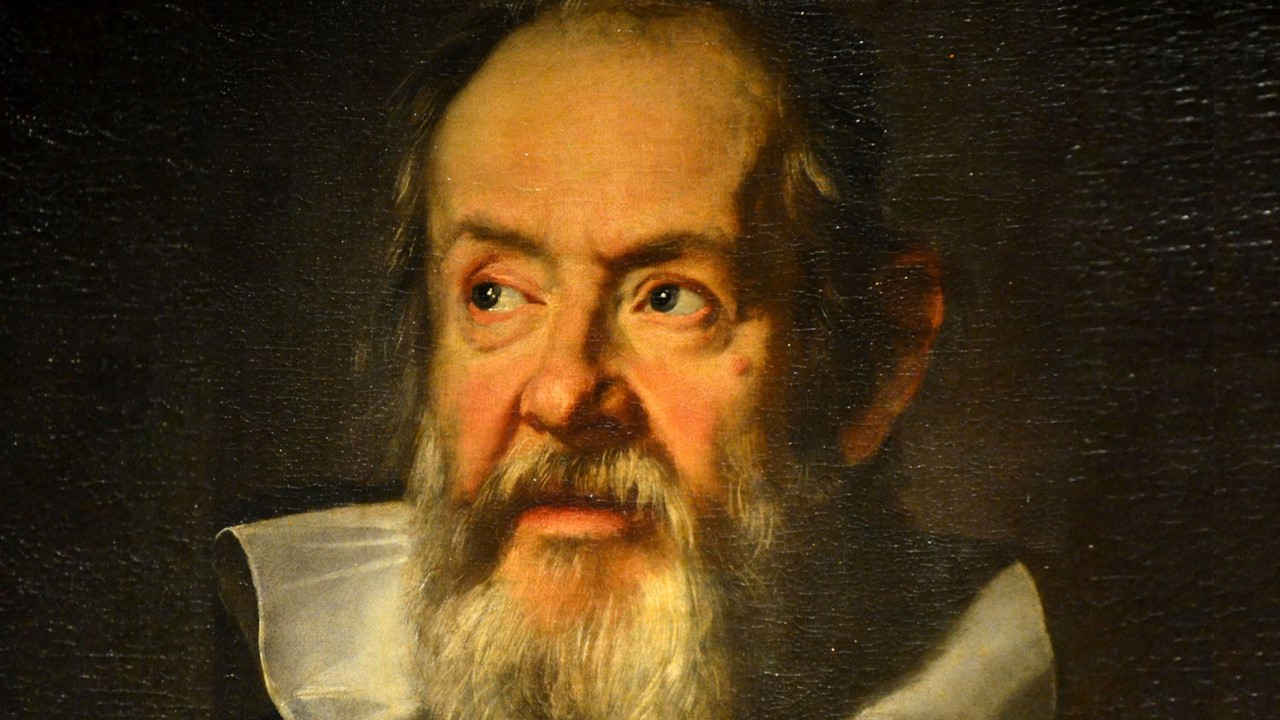
 |
| Replica of the first transistor |
If you make a list of people – politicians, scientists, sportspersons, etc – who have had the greatest impact on the 20th century, John's name would certainly make it to the top ten. Because, without his work, none of the modern technologies would be possible.
























 Physics, astronomy and science history blog for students
Physics, astronomy and science history blog for students